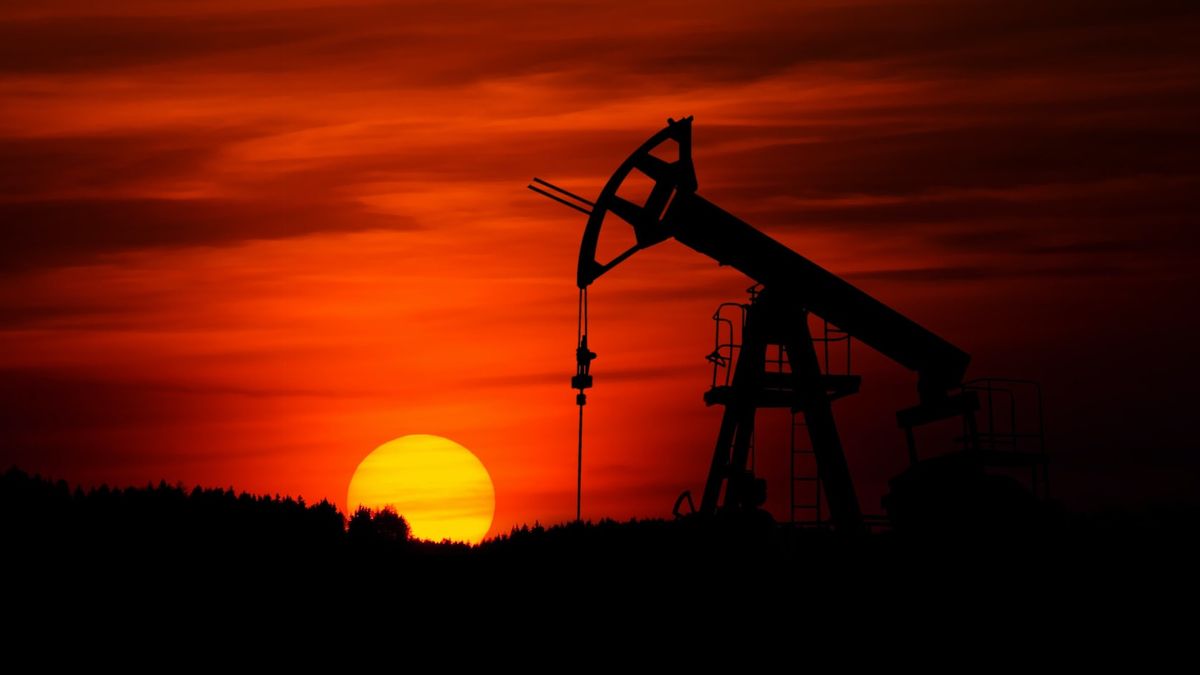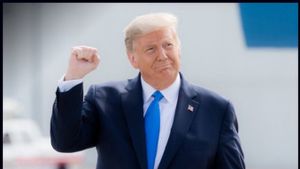JAKARTA - Oil prices were little changed at the close of last weekend in volatile trading by expectations of rising supply as well as an increase in COVID-19 cases which could lead to restrictions or lockdowns and suppress demand.
Brent crude futures for September delivery rose 12 cents, or 0.2 percent, to settle at 73.59 dollars a barrel. U.S. West Texas Intermediate (WTI) crude futures for August delivery rose 16 cents, or 0.2 percent, to close at 71.81 dollars a barrel.
At the start of a volatile trading session, both benchmark contracts were down more than one US dollar per barrel.
Despite posting small gains, Brent fell nearly 3.0 percent for the week, marking its third straight week of declines for the first time since April 2020. WTI tumbled nearly 4.0 percent this week, its biggest weekly percentage drop since March.
US retail sales unexpectedly increased in June as demand for goods remained strong, even as spending shifted back to the services sector, reinforcing expectations that economic growth picked up in the second quarter.
With oil prices mostly up over the past few months, the U.S. oil rig count continued its slow pace, adding two rigs this week to 380 active units, the highest since April 2020, according to energy services firm Baker Hughes.
U.S. crude production has increased by 300,000 barrels per day (bpd) over the past two weeks, rising to 11.4 million bpd in the week ended July 9, the highest since May 2020, according to federal data.
Saudi Arabia and the United Arab Emirates reached a compromise earlier this week, paving the way for OPEC+ producers to finalize a deal to increase output.
SEE ALSO:
"The longer it takes for OPEC+ to announce an extraordinary meeting to vote on additional barrels, the more it implies other OPEC+ members may also want to increase their base quotas," said Bob Yawger, director of energy futures at Mizuho in New York. Monday 19 July.
OPEC+, which groups the Organization of the Petroleum Exporting Countries with Russia and other producers, previously failed to reach an agreement after the United Arab Emirates sought a higher base on which to measure its output cuts.
OPEC said on Thursday, July 15 that it expects world oil demand to increase next year to around levels seen before the pandemic, around 100 million barrels per day, driven by demand growth in the United States, China, and India.
But an increase in coronavirus cases linked to the highly contagious Delta variant could trigger new lockdowns that are likely to dampen forecasts for the recent bullish oil demand.
In the United States, the Los Angeles area will reimpose mandatory mask-wearing this weekend. Meanwhile, the UK reported its highest number of new COVID-19 cases in more than six months on Friday 16 July.
The English, Chinese, Japanese, Arabic, and French versions are automatically generated by the AI. So there may still be inaccuracies in translating, please always see Indonesian as our main language. (system supported by DigitalSiber.id)













